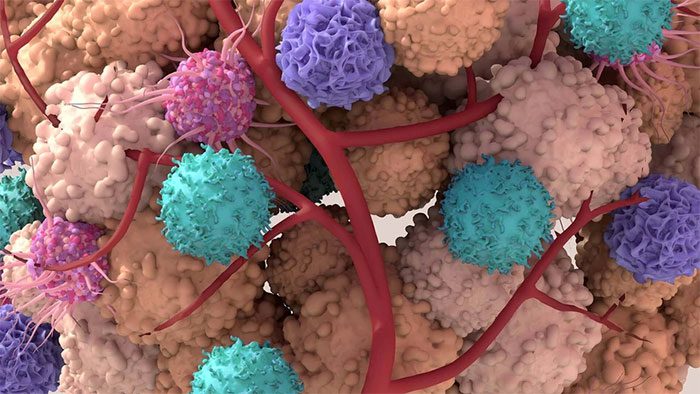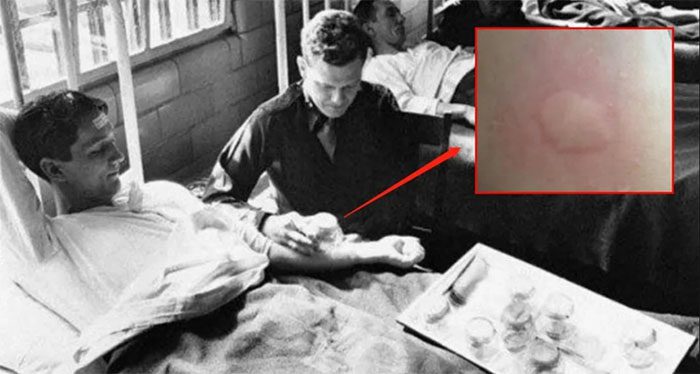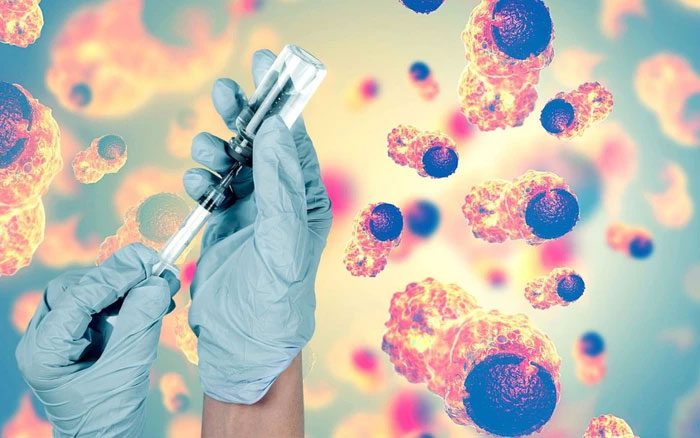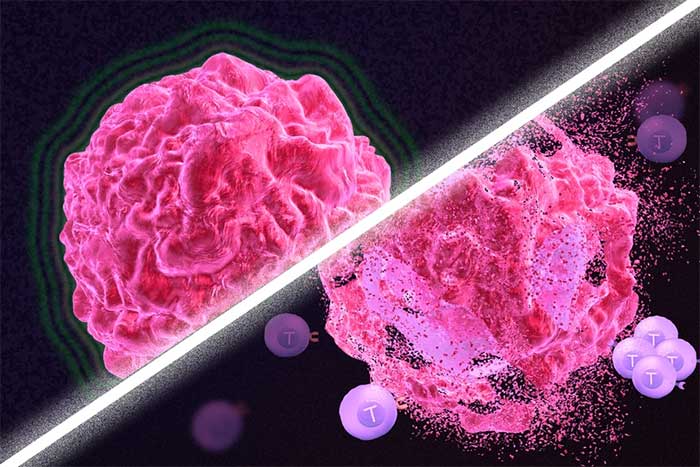Today, with advancing medical technology, many cancers are no longer the terrifying terminal diseases they once were. Tumors can often be directly removed or controlled at a lower activity level through surgery, radiation, or chemotherapy. This leads one to wonder: if cancer cells were injected into a healthy person, would they develop cancer?
In the 1950s, an American scientist conducted a bold and risky experiment, leading to a surprising conclusion!
To conduct this experiment, willing subjects and cancer cells for injection were needed, but who would be willing to inject such dreadful cells into their body? Where do these injected cancer cells come from? In reality, addressing these challenges was anything but glamorous.

Illustrative image.
In 1951, Henrietta Lacks, an American woman, died from cervical cancer. The remaining active cancer cells from her body were extracted by researchers and named “HeLa cells.”
Prior to this, mice had been used as experimental subjects and were injected with large quantities of “HeLa cells.” The results were astonishing; the injected mice developed cancer. However, this did not satisfy the researchers. To obtain more accurate results, Chester Southam, a prominent American virologist, thought of using human subjects for the experiment.
Such a testing plan clearly violated the most basic ethical standards in the medical research community. However, under the pretense of testing the immune system of patients, Southam secretly injected 5 million “HeLa cells” into a woman with leukemia and marked the injection site.
Some time later, Southam completed injecting cancer cells into dozens of patients. Upon observation, he was astonished to find several red swellings under the skin at the injection sites, which felt very hard to the touch. Tests confirmed these were malignant tumors.

Tests confirmed these were malignant tumors. (Illustrative image).
This discovery further piqued Southam’s interest. He wanted to continue monitoring how these patients “digested” the invasive cancer cells and also planned to observe how the patients’ immune systems would “interact” with the cancer cells.
However, these tumors disappeared within a few weeks, but in four patients, the tumors recurred and spread to the lymph nodes, and one patient eventually died. Such complex results were explained by Southam as a flaw in the experimental design, arguing that these patients already had cancer, meaning that the injection of cancer cells did not directly cause the death of the test subjects.
To eliminate confounding factors caused by existing diseases and to make the experiment more accurate, Southam decided to select a group of healthy individuals as test subjects and then proceed with a new round of cancer cell injections. It can be imagined that no healthy person would willingly use their body as a test subject. Thus, Southam turned his attention to inmates serving time in prison.
600 People Injected with Cancer Cells
In 1956, under the guise of researching cancer treatment methods, Southam recruited 65 prisoners from a U.S. prison, who volunteered to participate in this experiment, believing it to be a way to atone for their past. Southam and his assistants injected “HeLa cells” into these criminals multiple times.
The results showed that the tumors would increase at the injection site but strangely disappear after a short time! And as the number of injections increased, the tumors at the injection sites disappeared even faster. This led Southam to believe that the body’s own antibodies successfully eradicated the cancer cells, and the metabolic and circulatory processes of healthy bodies rapidly eliminated the tumors, thus establishing a stronger immune mechanism.

Southam and his assistants injected “HeLa cells” into these criminals multiple times. (Illustrative image).
To obtain a sufficiently large sample, he again concealed the fact that cancer cells were being injected, leading the test subjects to believe they were merely participating in a routine scientific research experiment. Over the following decades, he continuously injected cancer cells into more than 600 test subjects. It wasn’t until three other doctors vehemently opposed and exposed Southam’s true intentions that the situation came to light.
However, due to the lack of standardized research ethics at the time and the undefined concept of “informed consent” in research experiments, Southam’s business license was revoked, and his execution was suspended for a year. This lenient handling did not result in severe punishment for Southam.
Nevertheless, setting aside ethical concerns, Southam’s empirical research made significant contributions to medical advancement. He provided humanity with a definitive answer: cancer does not spread from person to person. He also used this dangerous method to demonstrate the power of the human immune system.
How Strong Are the Body’s Immune Cells?
In fact, there are thousands of proteins stored in every human body; these proteins cover cell membranes and create communication bridges between cells, allowing different cells to interact with each other. These proteins also have a special function: to identify “enemies” and “allies.”
When viruses and bacteria invade the human body, the communication bridges on the proteins send out red alarm signals. Upon receiving these signals, immune cells immediately attack in groups, eliminating the damaged pathogenic cells and metabolizing them out of the body.
Notably, macrophages in the human body serve as the “trump cards” that attack foreign agents and cancer cells. However, immune cells are not omnipotent; when our immune system is abnormal, cancer cells can disguise themselves as normal cells to deceive immune cells, allowing them to spread throughout the human body to “attack.”
Additionally, some tumor cells are very good at hiding, gradually achieving a balance with the immune system, meaning that tumor cells stop growing, and immune cells also “lay down their weapons.”

Injecting cancer cells cannot cause healthy individuals to develop cancer. (Illustrative image).
Scientific Research Cannot Cross the “Ethical Boundaries”
The seemingly strange question about injecting cancer cells into healthy individuals now has an answer.
Directly injecting cancer cells activates the immune system in the human body. After a battle, immune cells will destroy the budding cancer cells in their cradle. Therefore, injecting cancer cells cannot cause healthy individuals to develop cancer.
Looking back at the decades-long research process, the subjects evolved from lab mice to living humans. The potential risks involved in this are terrifying. Imagine if those cancer cells actually caused cancer; would Southam have become a murderer?
Sometimes scientific research stands at the crossroads between ethics and malice, and a little oversight can lead to unforeseen harm. Thus, regardless of how beneficial scientific discoveries may be for humanity, they must not be used to “harm people.”



















































